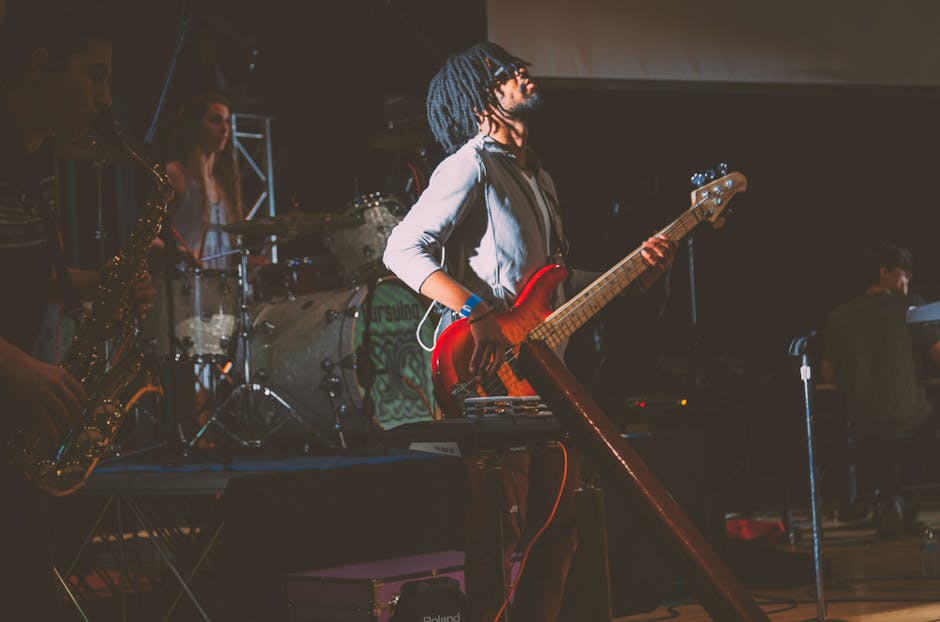In 1991, architect Mick Pearce had a
problem. An investment group in Harare, Zimbabwe hired him to design the largest
office and retail building in the country. But they didn't want to pay for
the expensive air conditioning needed to cool such a large building. So that left
Pearce with a seemingly impossible challenge: How do you design a building
that cools itself? This is a termite mound. Millions of termites live inside these structures, some of which stretch an astonishing 30
feet high. Although these termite skyscrapers may
look solid from the outside, they are actually covered in tiny holes that
allow air to pass through freely. Like a giant lung, the structure inhales and exhales as temperatures rise and fall throughout the day. This termite ventilation inspired Pearce to use an approach known as biomimicry, imitating the ingenuity found in nature
to solve human problems.
Meet the Eastgate Centre. The building is made from concrete slabs and brick. Just like the soil inside a termite mound,
these materials have a high “thermal mass”— which means they can absorb a lot of heat without really changing temperature. The exterior of the building is prickly like a cactus. By increasing the amount of surface area,
heat loss is improved at night, while heat gain is reduced during the day. Inside the building, low-power fans
pull in cool night air from outside and disperse it throughout the seven floors. The concrete blocks absorb the cold, insulating
the building and chilling the circulating air. When the morning comes and temperatures rise,
warm air is vented up through the ceiling and released by the chimneys.

Thanks to this innovative design, temperatures inside
stay at a comfortable 82 degrees during the day and 57 degrees at night. Not to mention, it uses up to 35 percent less energy
than similar buildings in Zimbabwe. Since opening its doors in 1996, Mick Pearce's 90% natural climate control system has made the Eastgate Centre a global landmark for sustainability. So, we must ask ourselves: if an architect could design a self cooling building with termite inspired climate control, what other innovations can Mother Nature
inspire if we just paid closer attention?.

